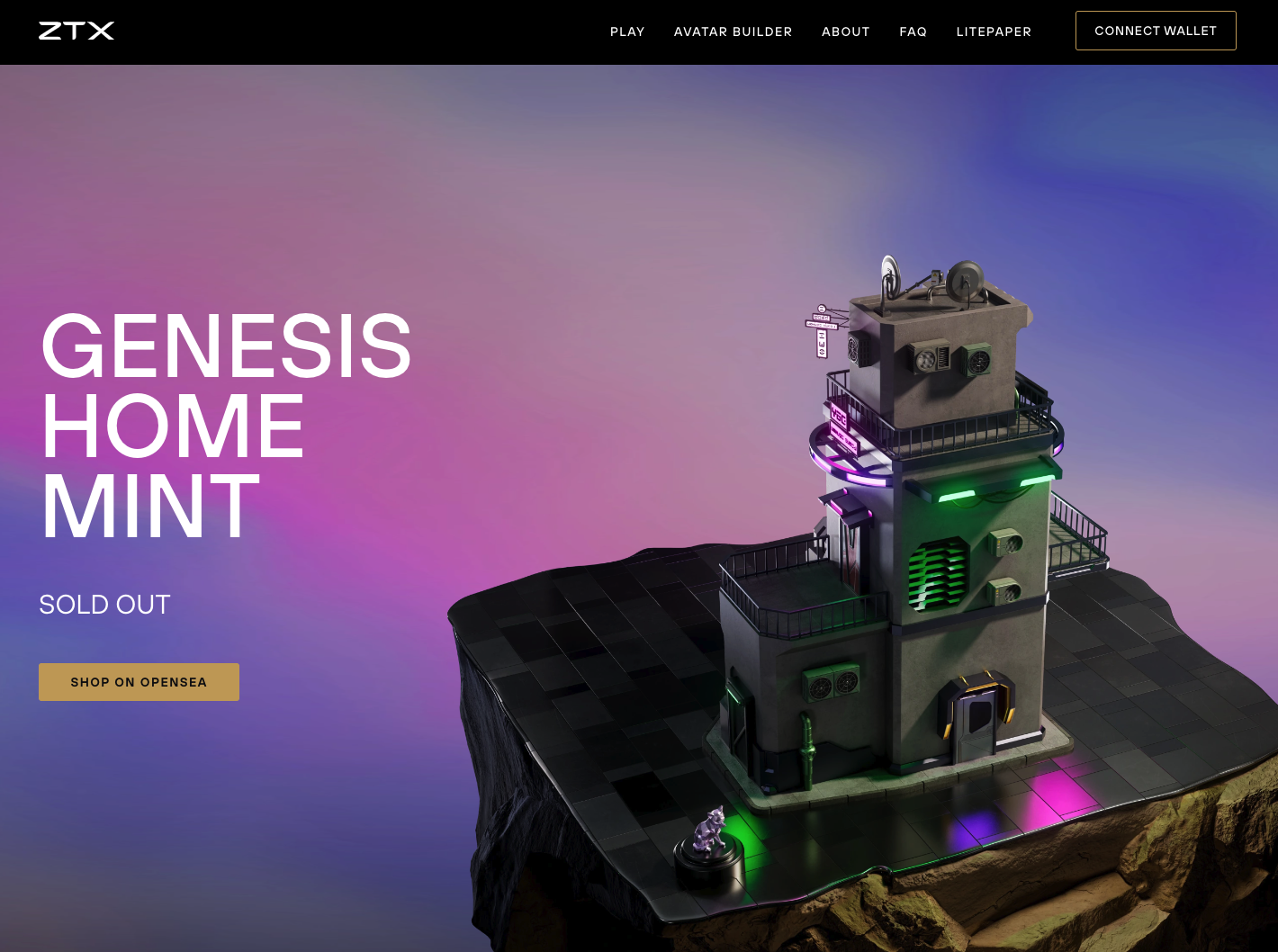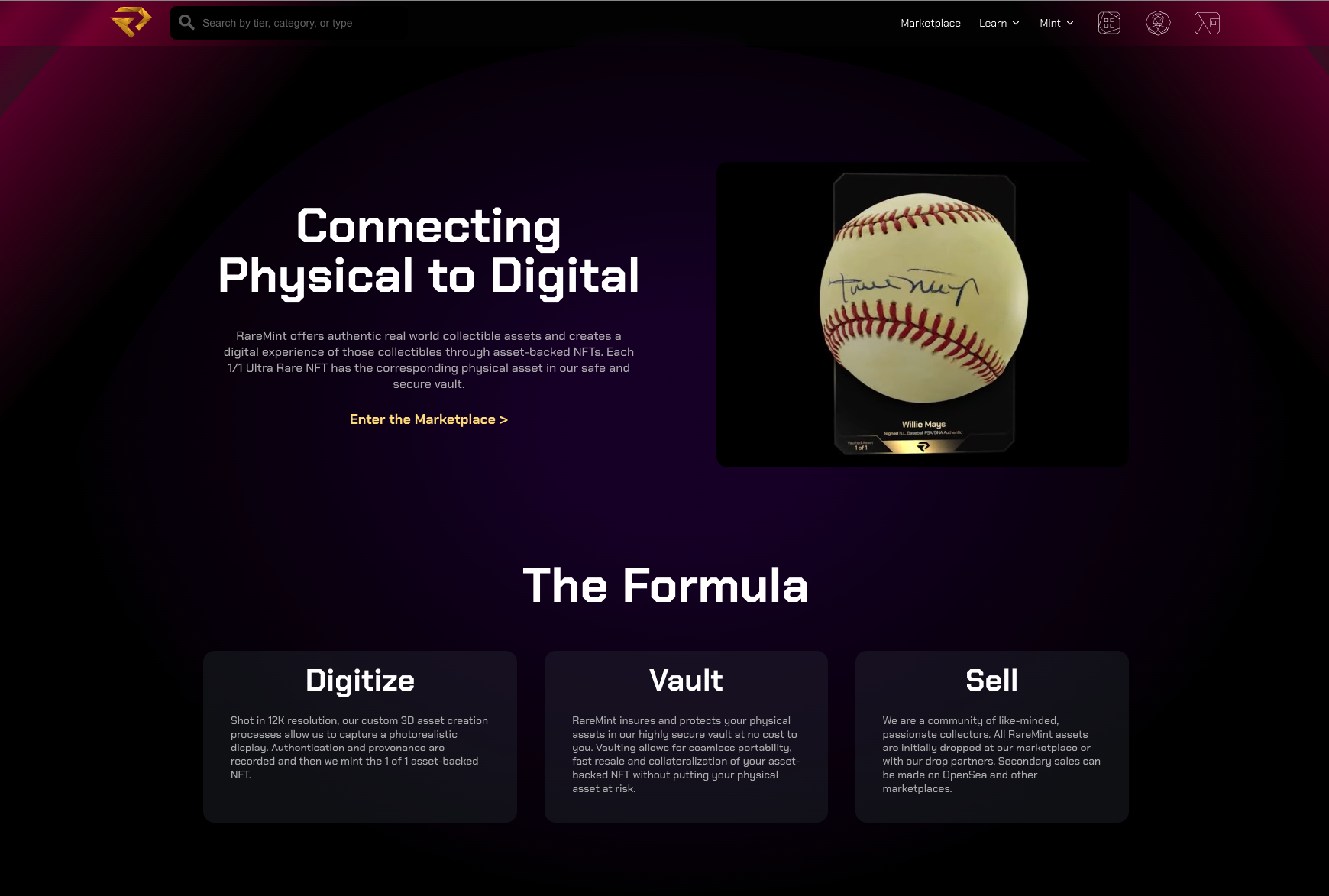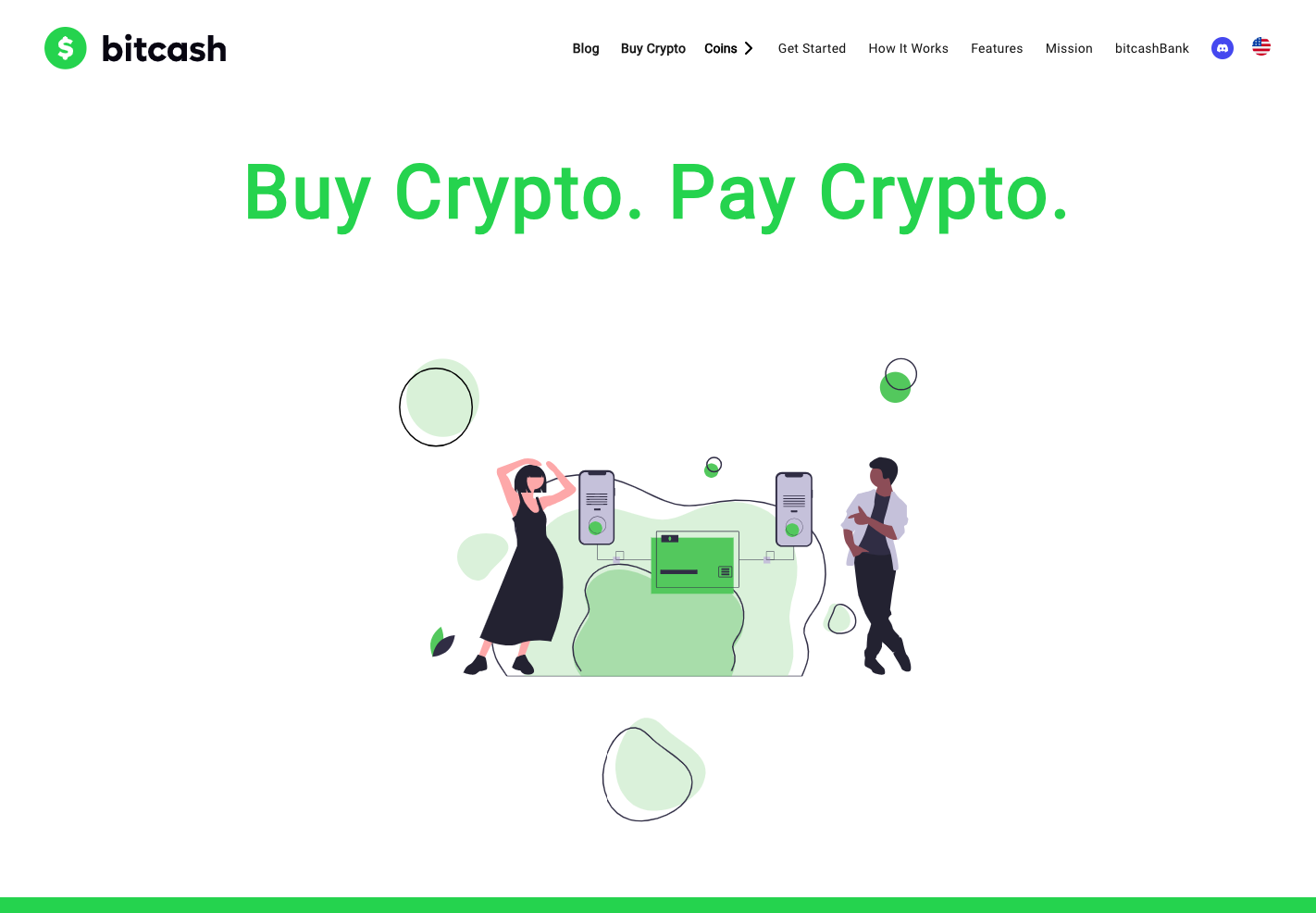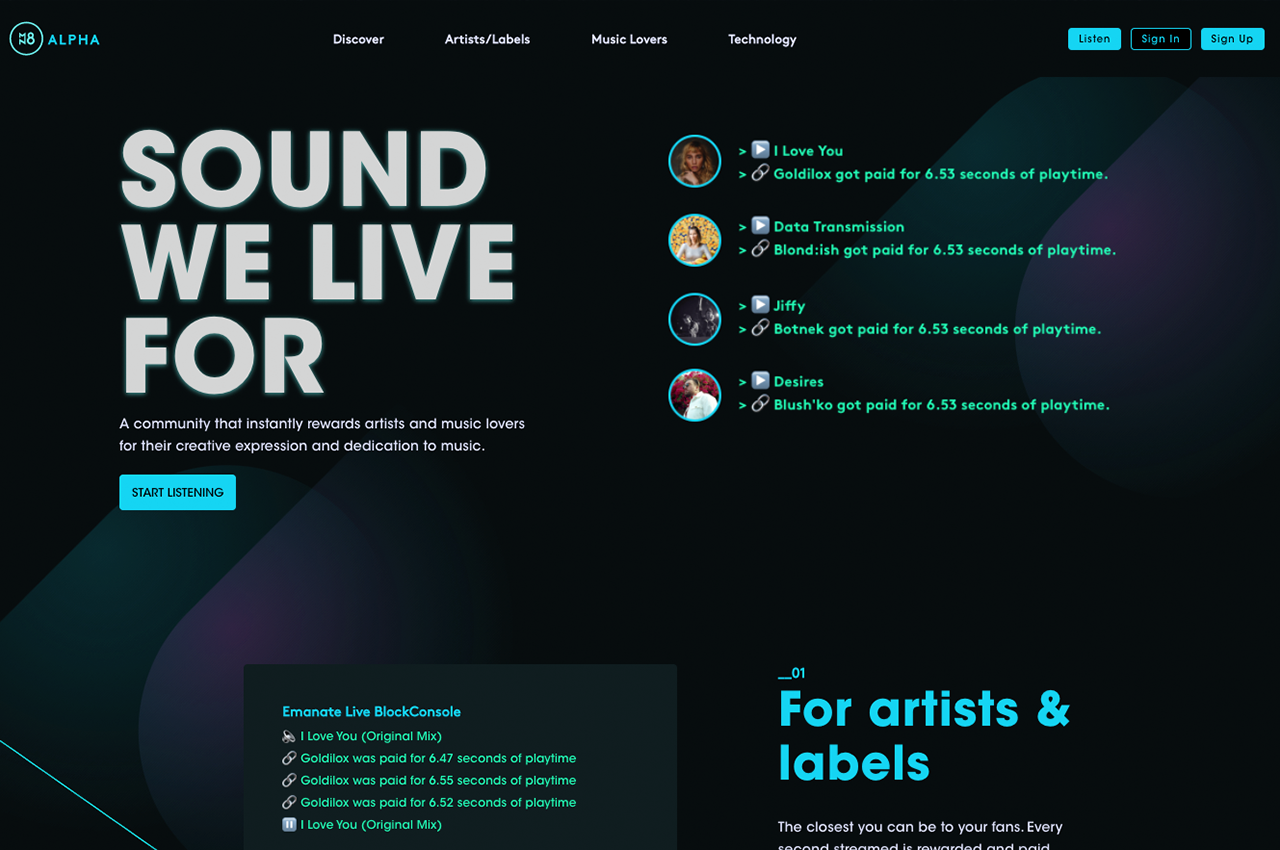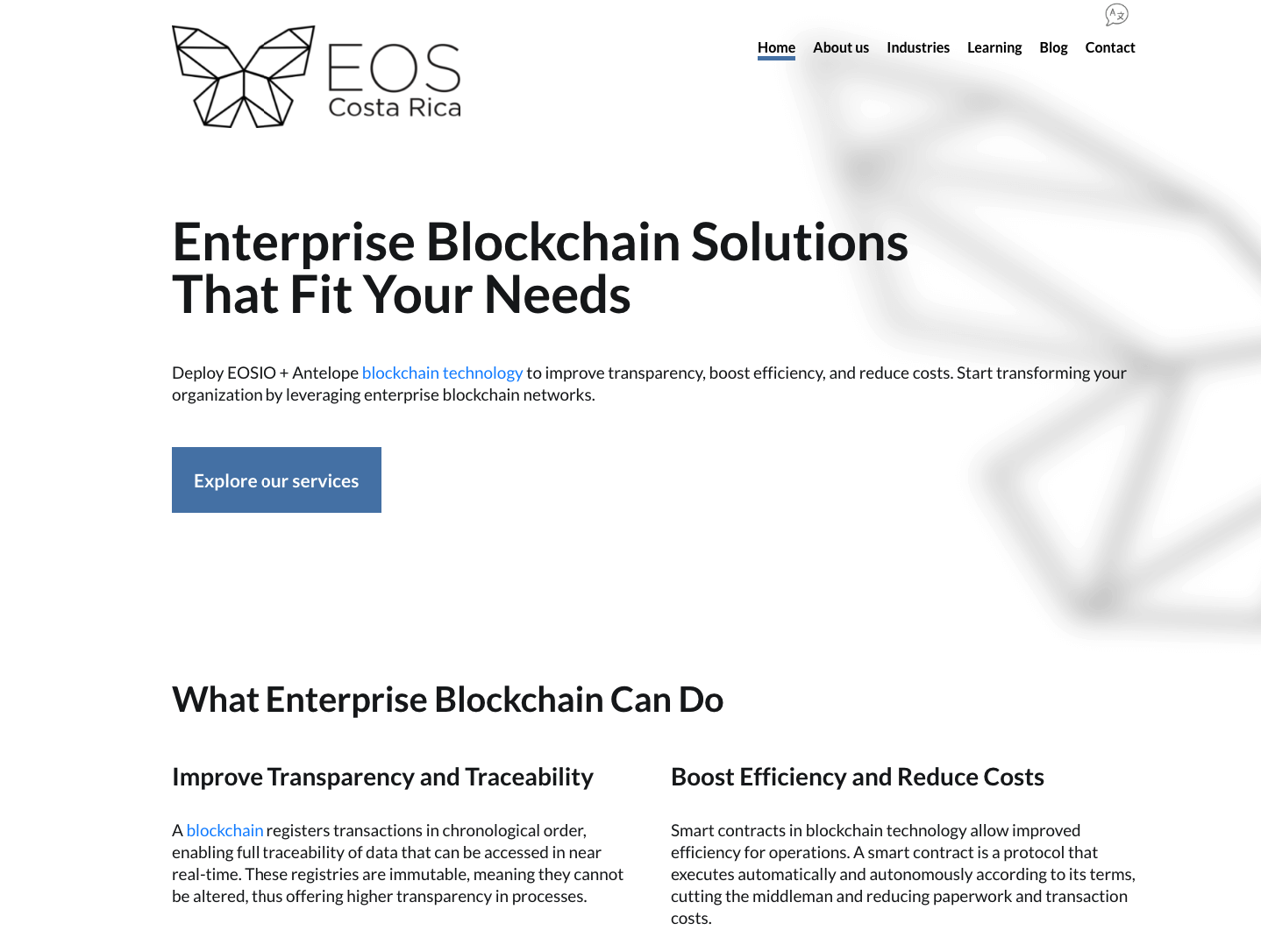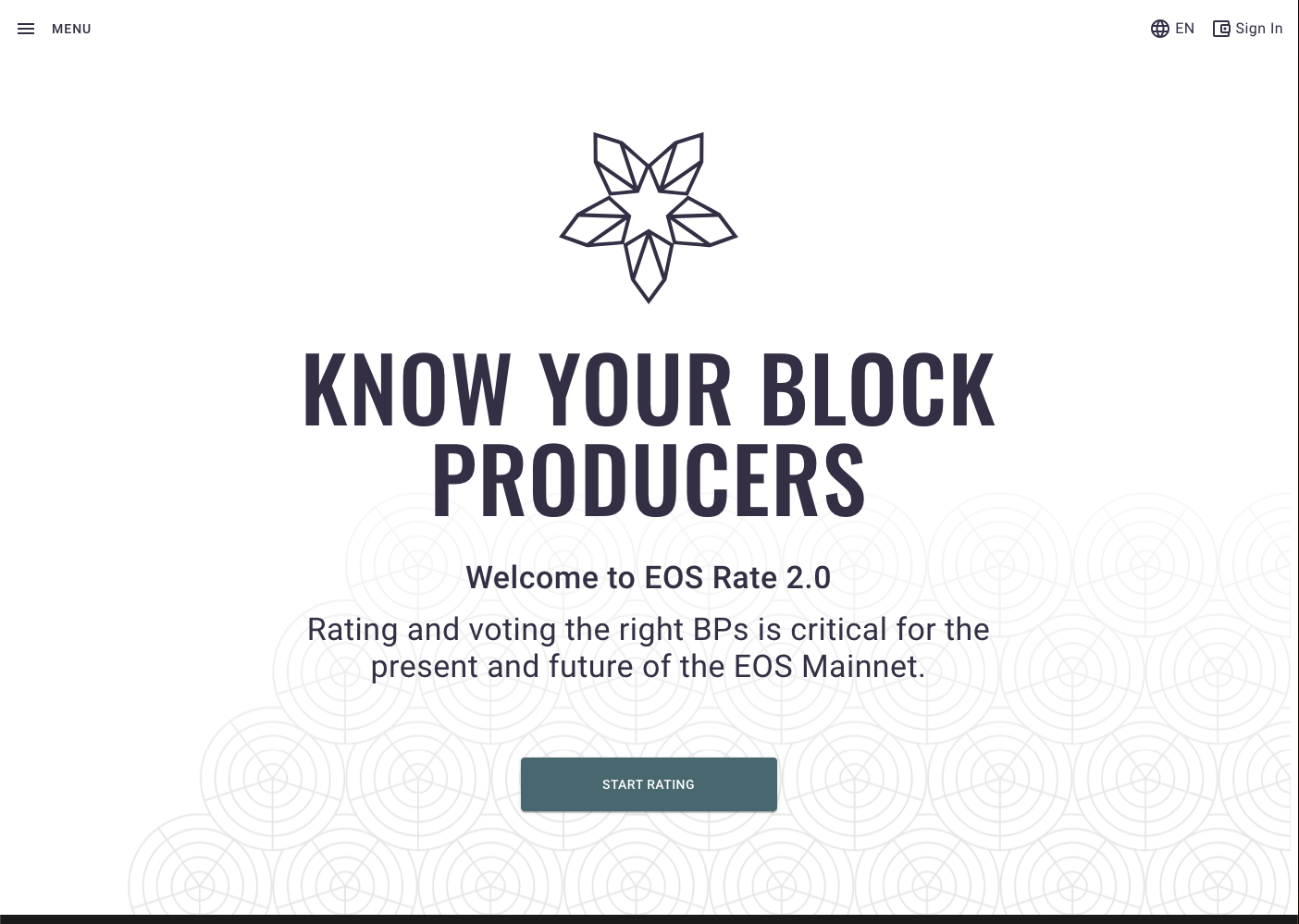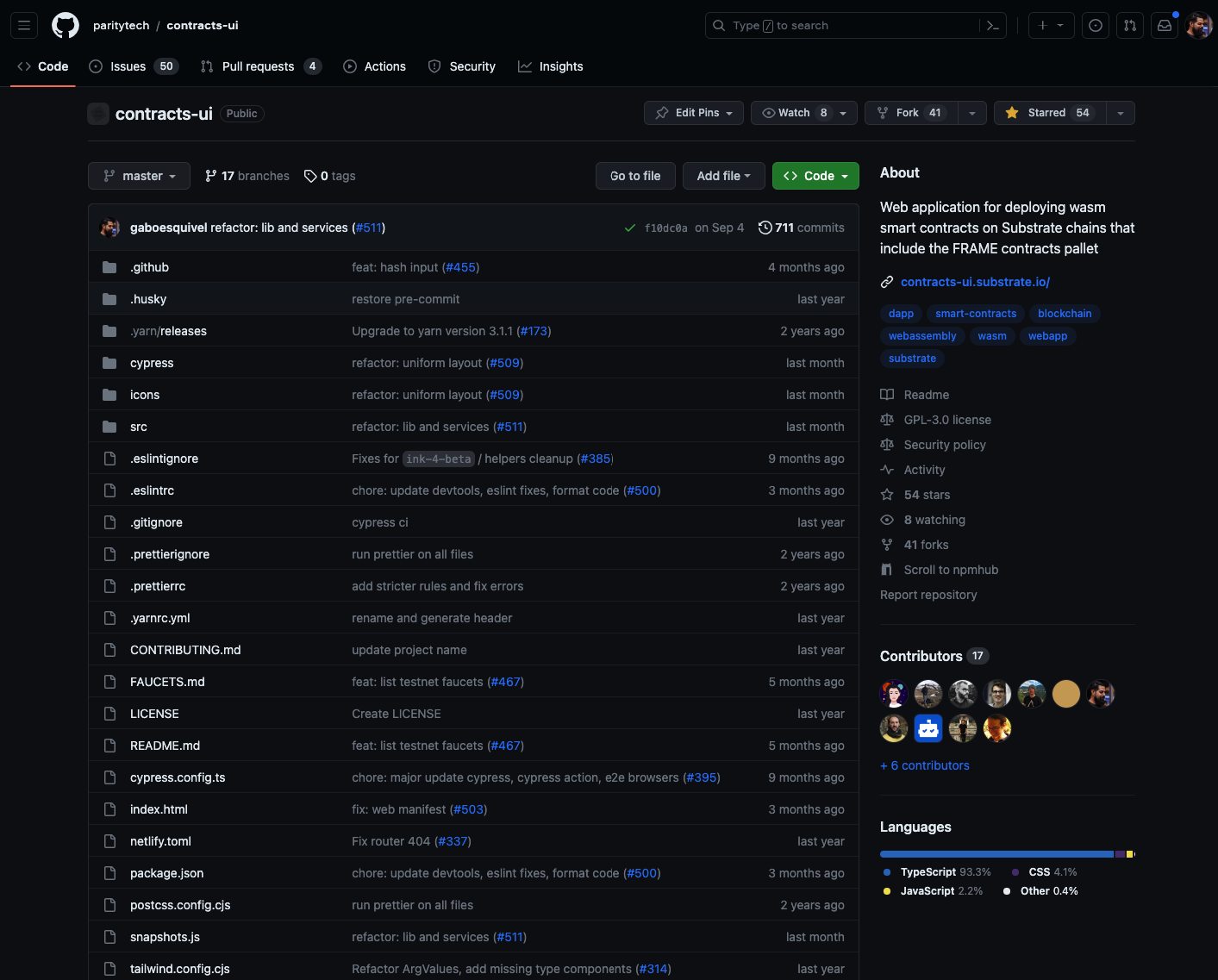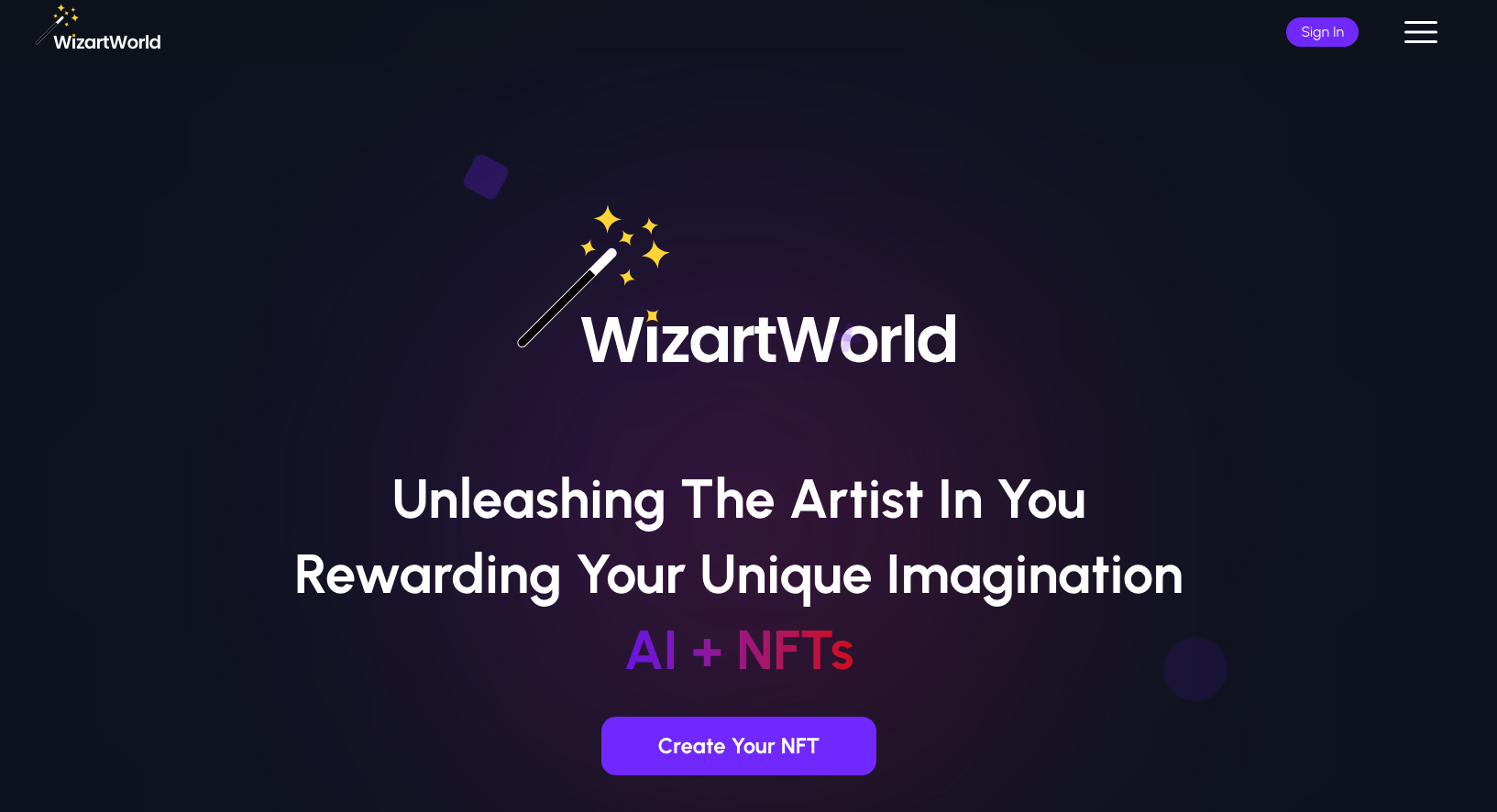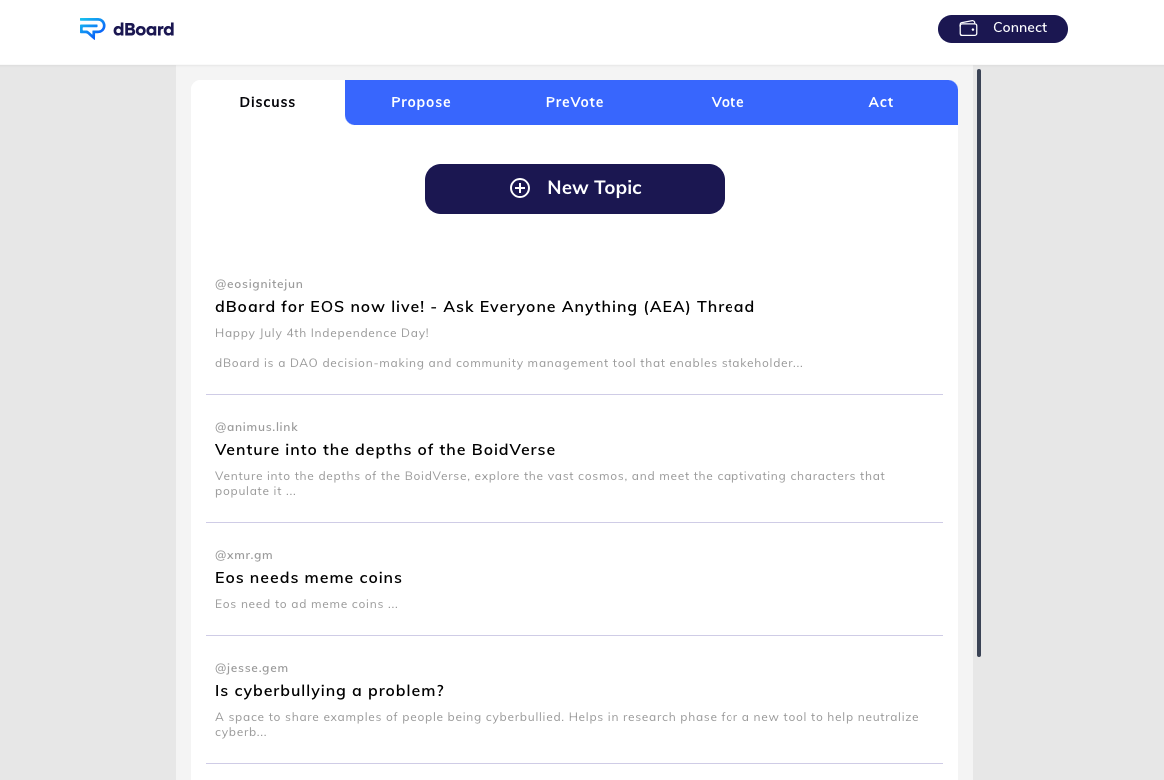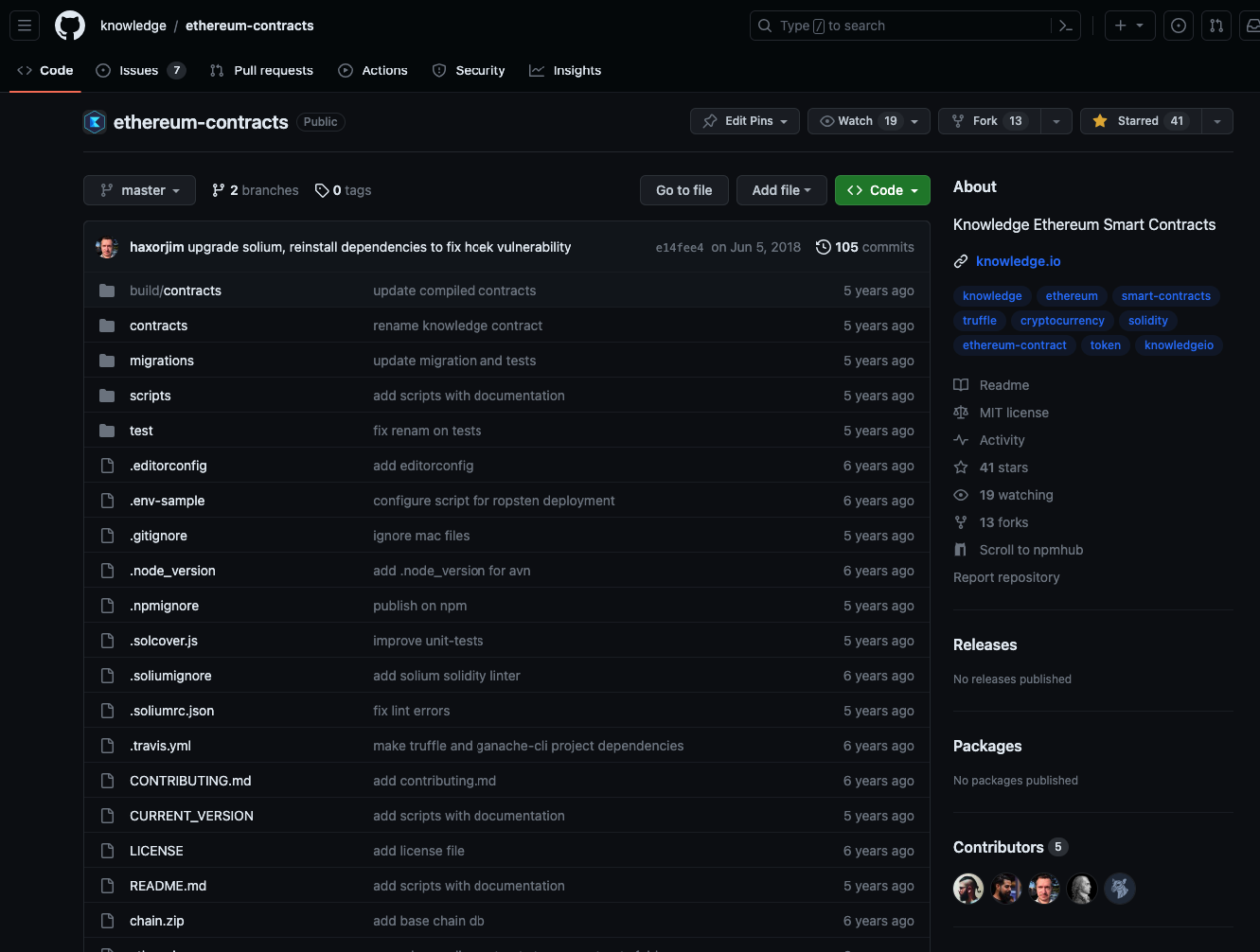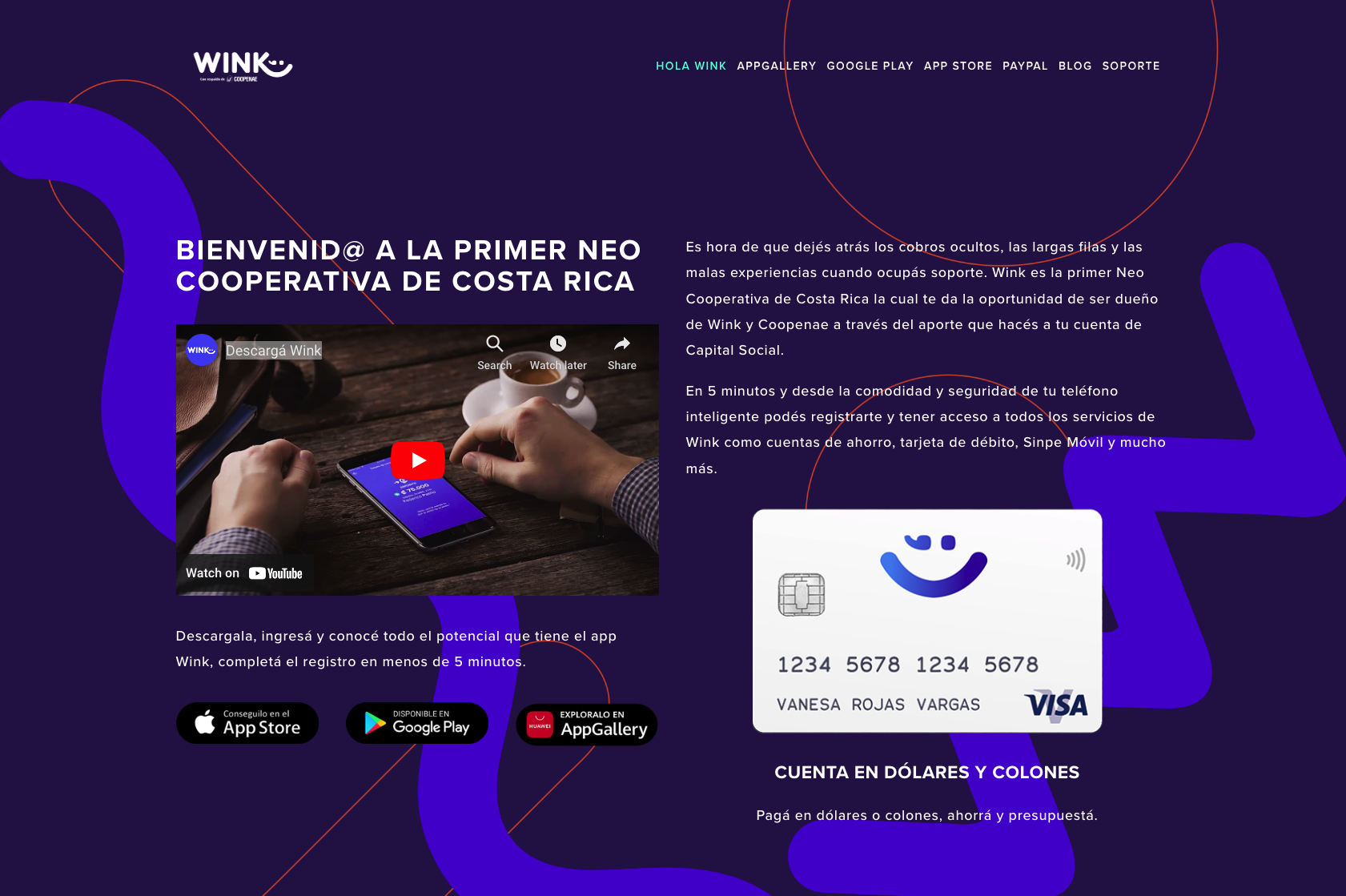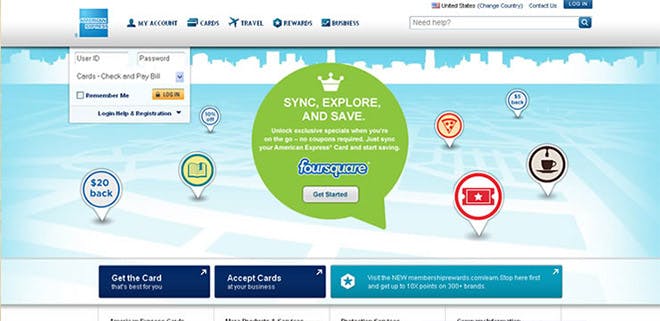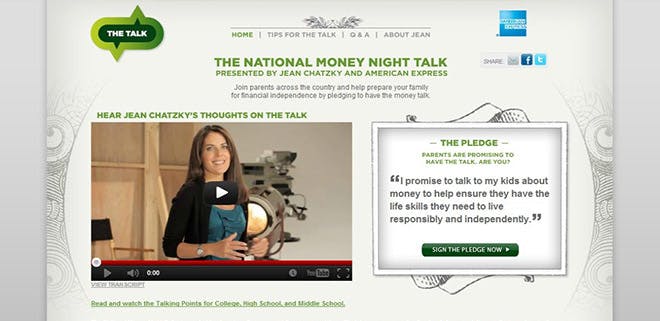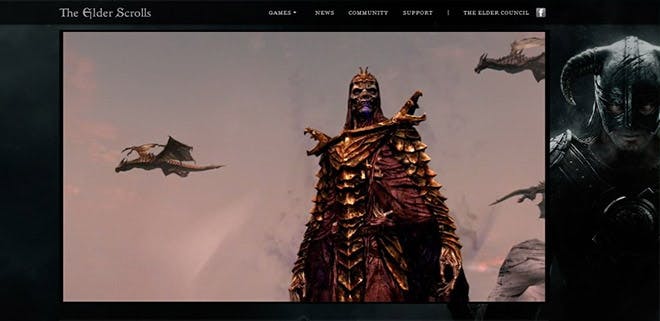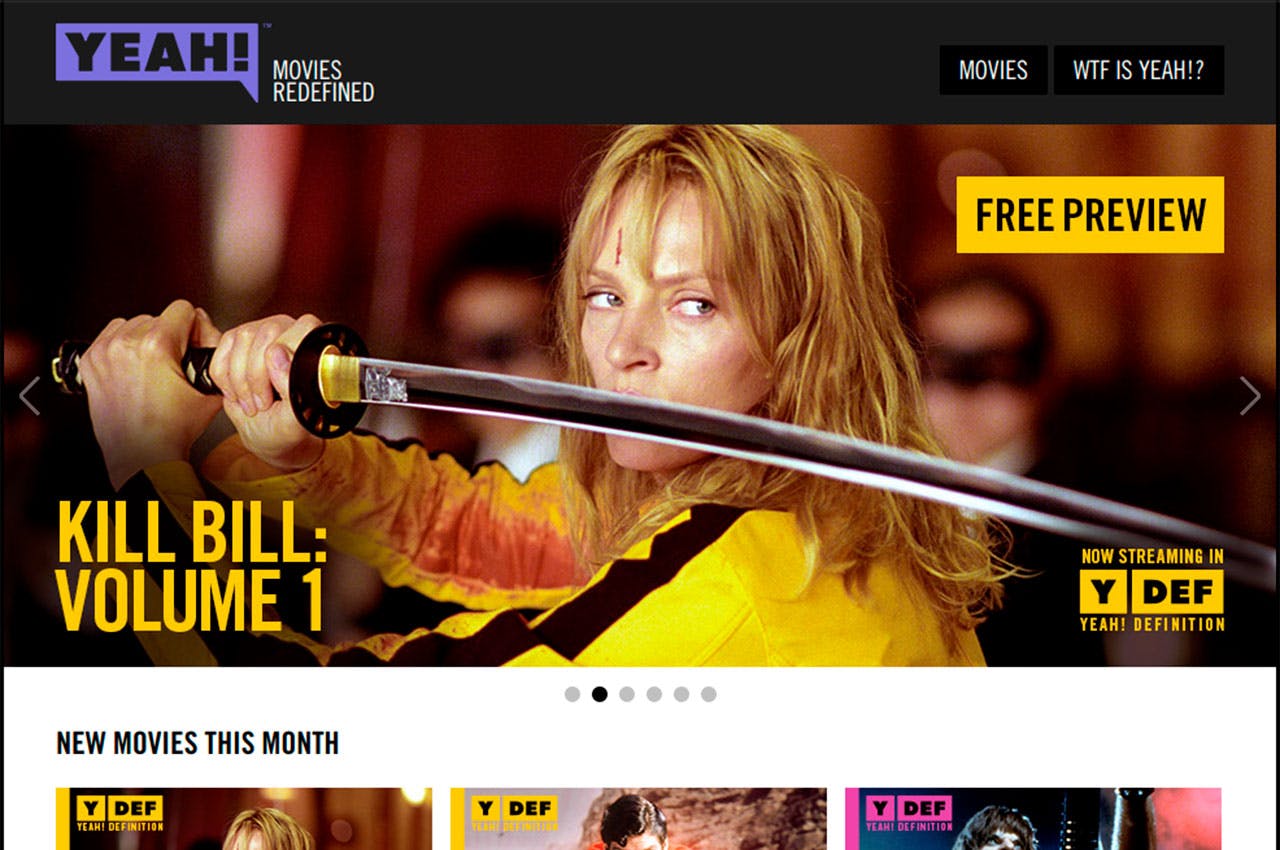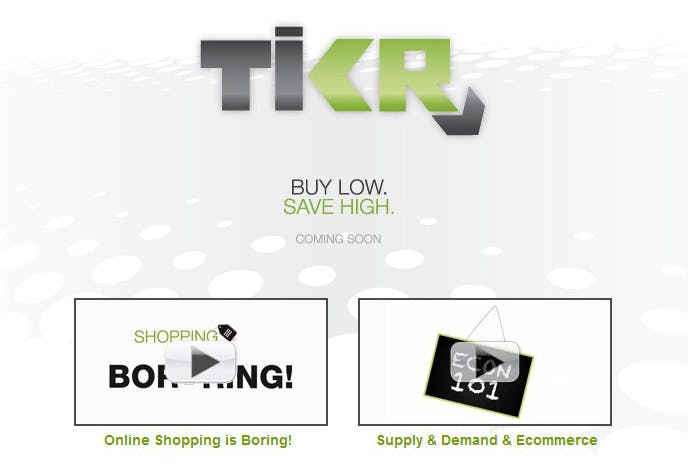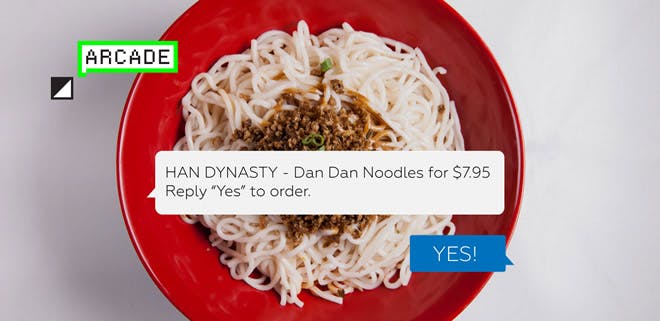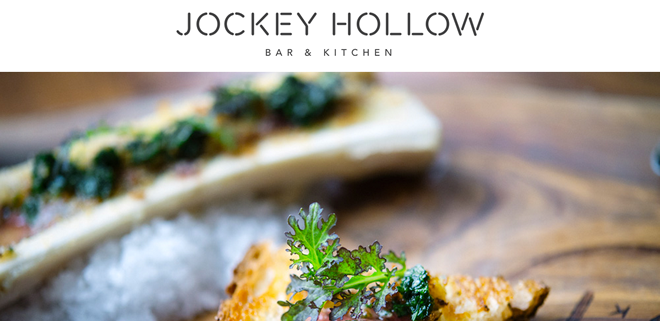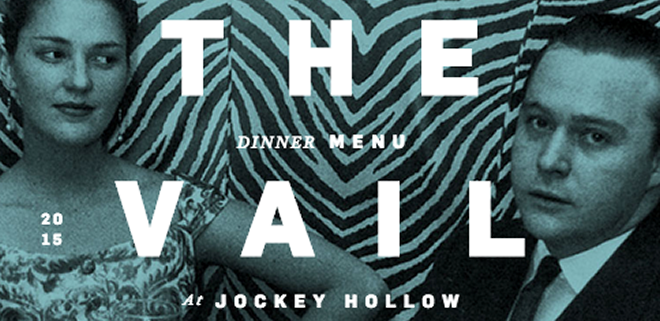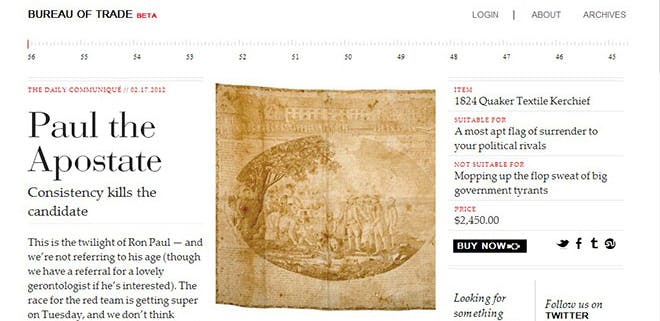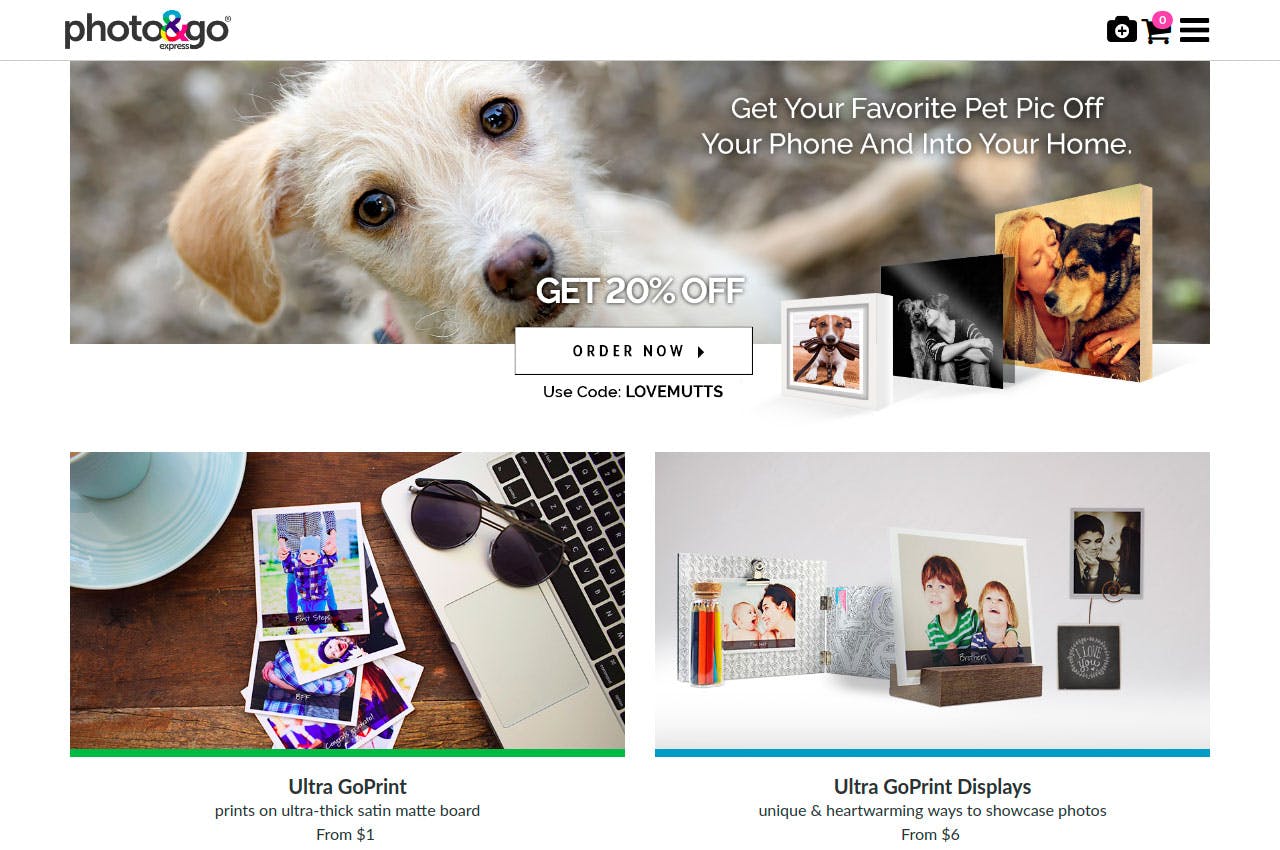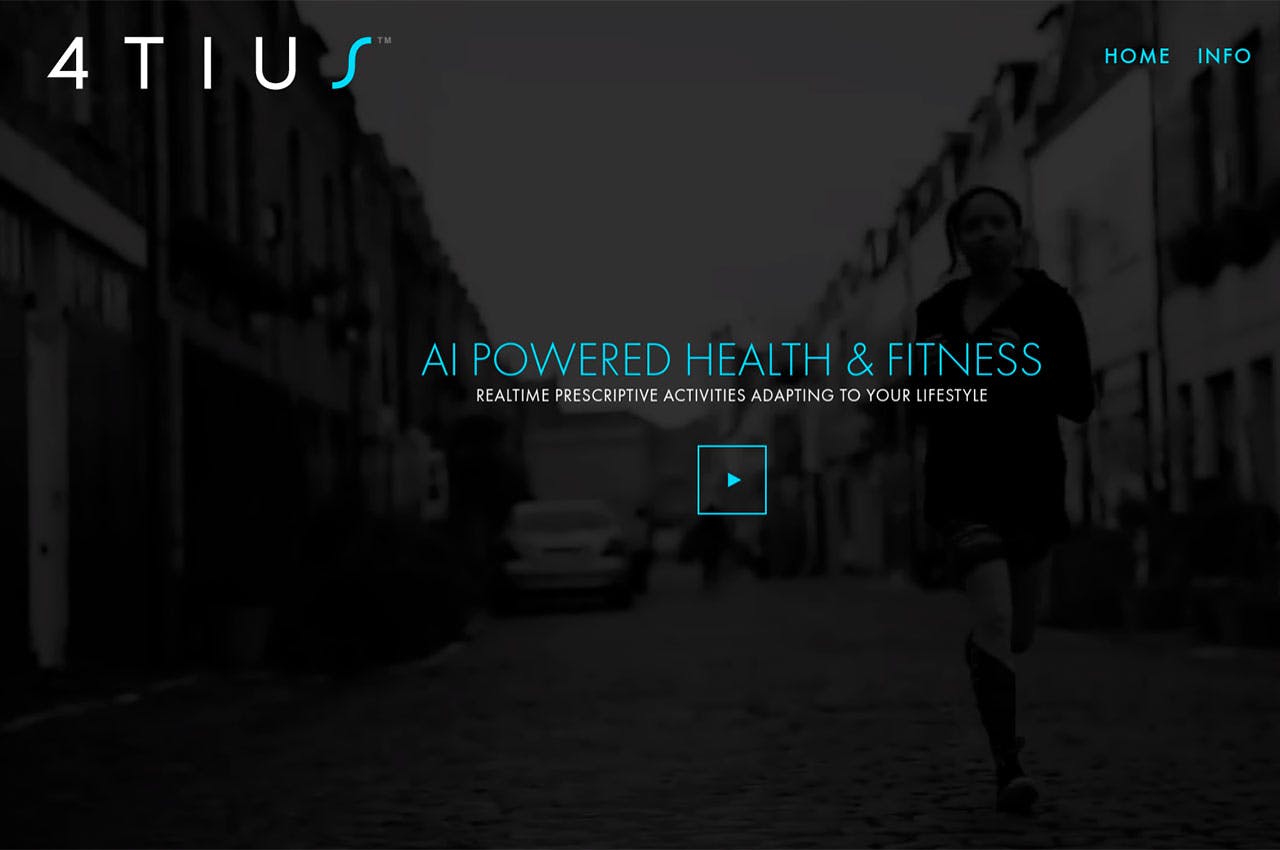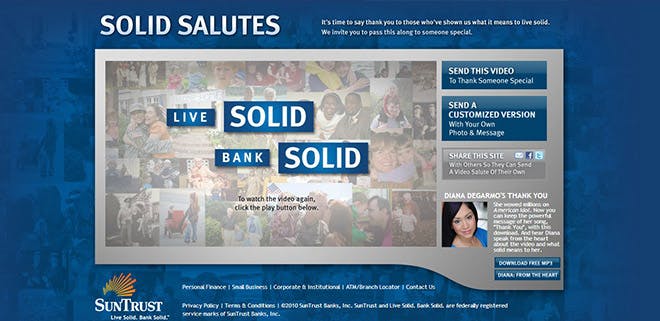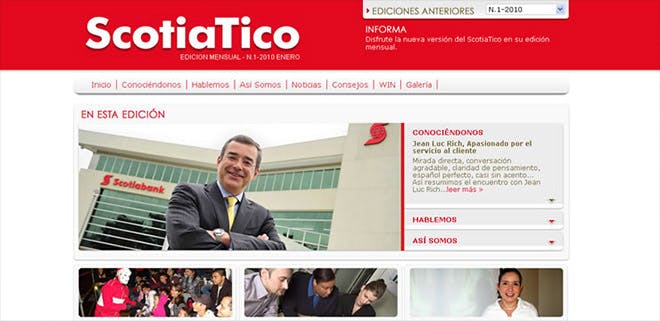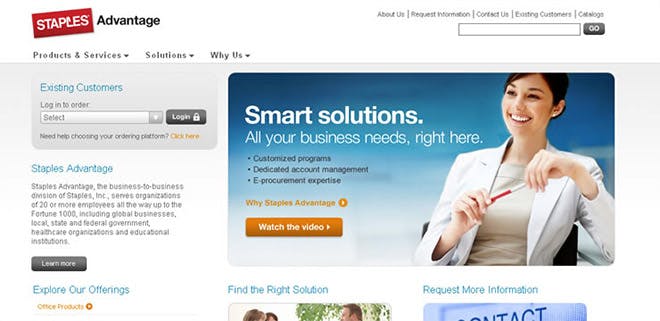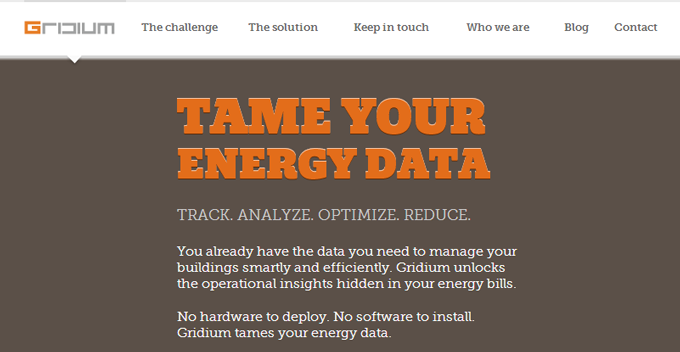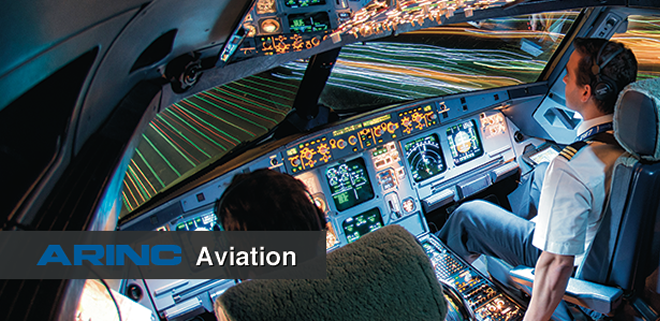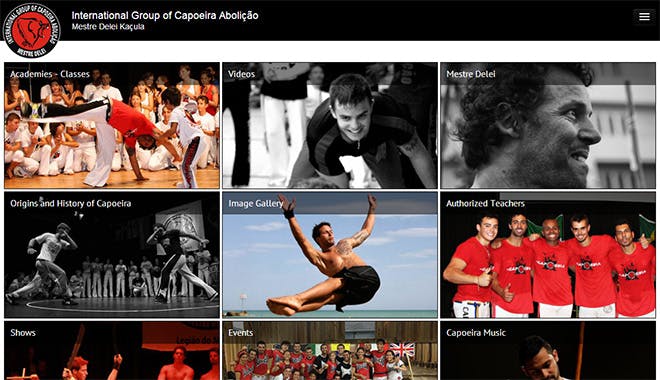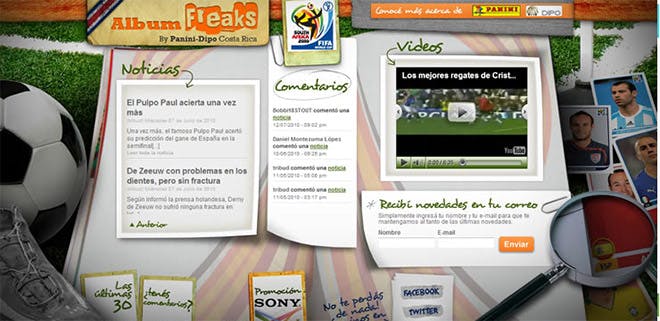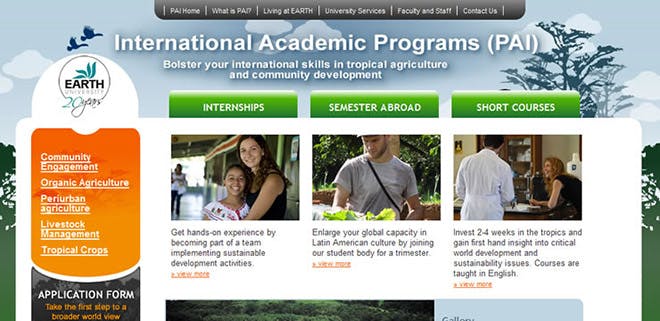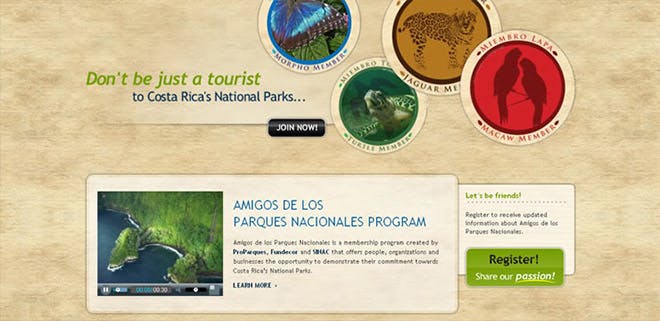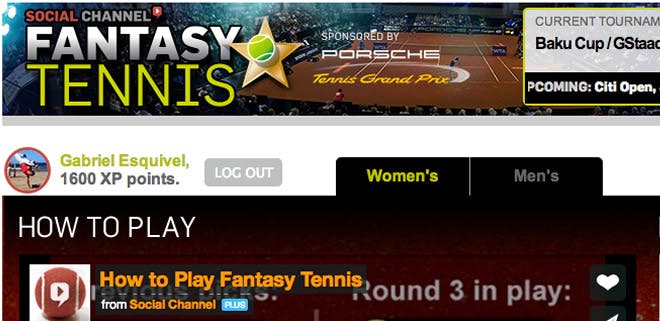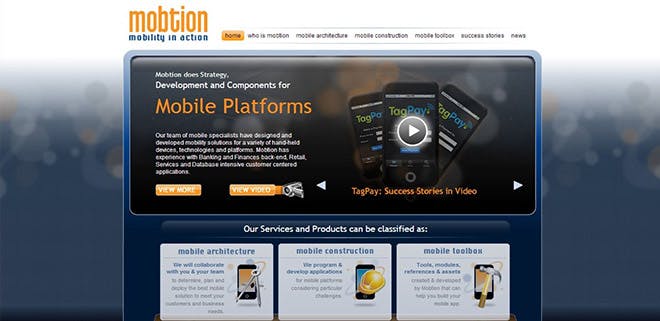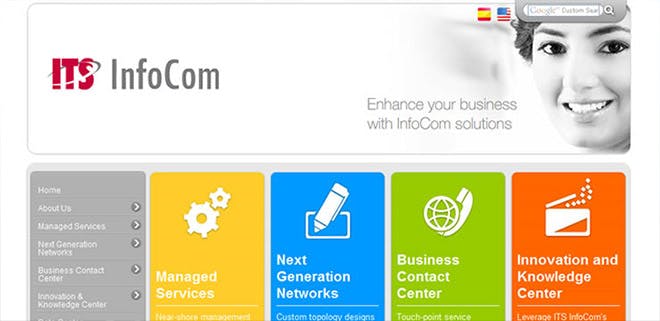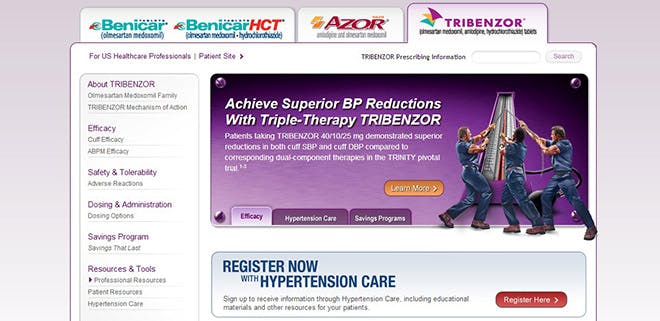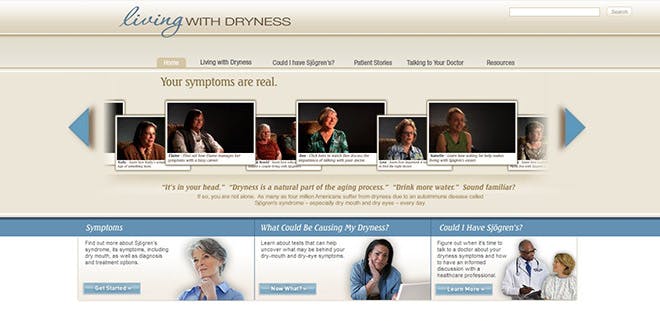Gabo Esquivel - Frontend Development Experience
My passion for frontend engineering began with a simple realization in college: technology is only valuable when people can actually use it effectively. From my early days with jQuery to my current work with React and modern frameworks, I've been fascinated by the human side of technology—how interfaces shape people's experiences and either empower or frustrate them. I still remember the satisfaction of my first responsive design that adapted perfectly to different screen sizes, and the user feedback that confirmed it made a real difference in accessibility. This core focus on creating intuitive, performant experiences has guided my journey through evolving technologies, reflecting my belief that good engineering should enhance human capabilities without drawing attention to itself.
First Interfaces & WordPress Customization
My frontend journey began at InterGraphicDESIGNS in 2008, where I built custom WordPress solutions for local businesses. I'll never forget my first client meeting—a small restaurant owner who wasn't tech-savvy but needed a website that would bring in customers. Understanding her perspective taught me that technical solutions are meaningless unless they solve real human problems. That early experience of translating someone's business needs into functional interfaces shaped my approach to development far more than any particular technology. I discovered that I loved the blend of technical problem-solving and human-centered design that frontend development requires.
In 2010, joining American Express as a UI Engineer marked a significant shift in my career. Suddenly I was working on systems used by millions of cardholders worldwide, where even minor interface improvements could significantly impact how people managed their finances. I remember the intimidating responsibility of my first major update to the account interface—knowing that any confusion could result in thousands of customer service calls. This experience taught me the importance of meticulous testing and performance optimization. Working with their data analytics team showed me how A/B testing could transform interface design from subjective opinions to measurable outcomes. These lessons in data-driven design continue to influence how I approach frontend development, always balancing creativity with concrete metrics of user success.
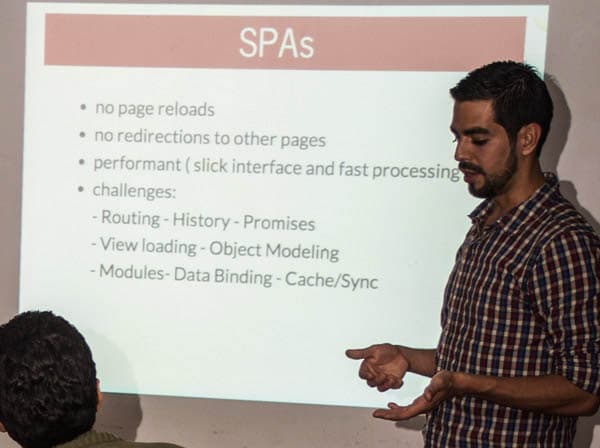
Gaming & Interactive Media UIs
The period from 2012-2014 marked a special chapter in my career where I could explore how interfaces create emotional connections between people. Working on the Elder Scrolls Online community platform was particularly meaningful as I'd been a gamer since childhood. I still remember the excitement of seeing forum posts appear in real-time during launch day, with thousands of players from different countries connecting through interfaces I had built. This project taught me that good frontend work isn't just about usability—it's about creating spaces where meaningful human interactions can flourish. The community features we designed didn't just support the game; they became an integral part of many players' experiences, showing me how powerful thoughtfully designed digital spaces could be.
At AMC Networks, I had the opportunity to rethink how people experience television through social interfaces. What excited me was the challenge of turning traditionally passive viewing into something interactive and shared. I remember watching user testing sessions where friends who weren't in the same location could comment on shows together, creating a sense of connection that traditional TV couldn't provide. Similarly, at Bureau of Trade, we created shopping experiences that felt like exploring a carefully curated collection rather than browsing a catalog. These projects expanded my view of what interfaces could accomplish—moving beyond mere functionality to create genuine emotional responses and connections between people.
The most technically innovative project during this period was Tikr, where we created dynamic, real-time price fluctuations for an online store. The technical challenge of updating prices in response to market conditions was fascinating, but what truly captivated me was observing how it transformed user behavior. Shoppers became more engaged, timing their purchases strategically and returning more frequently to check prices. This project demonstrated how interfaces could create entirely new experiences rather than simply digitizing existing ones—a principle that continues to guide my approach to frontend innovation.
React & Component Architecture
In 2015, I embarked on a significant technical transition by implementing my first production React application for Wink , Costa Rica's first neobank. This represented a pivotal moment in my career as I shifted from earlier paradigms to component-based architecture. My early adoption of Node.js through founding Costa Rica JS in 2010 had already oriented me toward JavaScript innovation, but React fundamentally changed how I thought about structuring interfaces. Creating reusable, stateful components for financial interfaces felt revolutionary, offering both technical benefits and a more coherent mental model for building complex UIs.
This excitement about component architecture led me to share this knowledge through NodeSchool workshops , where I helped other developers in the region adopt these new approaches. The period from 2015-2019 saw me deepening my expertise with Redux for state management, building comprehensive design systems, and implementing advanced performance optimizations—experiences that shaped my understanding of what makes frontend applications both maintainable and performant.
Throughout this period, I was fortunate to grow alongside Next.js, watching and participating as it evolved from early server-rendered applications to the current server components architecture. This journey has been particularly rewarding as each project taught me new optimization techniques—from code splitting to lazy loading and advanced image optimization. These technical approaches became part of my standard toolkit, allowing me to consistently deliver fast, responsive experiences even as user expectations and application complexity increased over time.
Modern Frontend Stack
Since 2020, I've focused on refining my frontend toolset to balance developer experience with user outcomes. The adoption of Tailwind CSS was particularly transformative for me—I was initially skeptical about utility-first approaches, but quickly found it accelerated my development process while encouraging consistent design patterns. Similarly, integrating component libraries like ShadcnUI has allowed me to focus more on solving unique product challenges rather than rebuilding common interface elements. These tooling choices reflect my philosophy that good frontend development should minimize repetitive work while maximizing creativity where it truly matters.
The evolution of my toolkit reflects my growing emphasis on code quality and developer experience. Adopting TanStack Query revolutionized how I approach data fetching, while Zod has transformed validation from a chore into a powerful safeguard. TypeScript has perhaps been the most significant addition, as type safety has dramatically reduced runtime errors in my projects while making collaboration more efficient. As a fullstack developer, I've found particular value in creating consistency between frontend interfaces and backend systems, establishing patterns that work across the entire application lifecycle and accelerate development without sacrificing quality.
Web3 UI/UX Development
My journey into Web3 frontend development began in 2017 at Knowledge.io, where I faced the challenge of making blockchain concepts accessible through intuitive interfaces. This project taught me that successful Web3 experiences need to abstract away technical complexity while preserving the unique benefits of decentralization. I particularly enjoyed creating the knowledge graph visualization system that made abstract concepts like expertise tokens visually tangible to users—a reminder that good visualization can bridge the gap between complex systems and intuitive understanding.
From 2018-2020, I deepened my blockchain interface experience through several projects on the EOS platform. One of the most interesting challenges was building EOS Rate, a community-driven rating tool for Block Producers. This project required me to find visual solutions for multidimensional data, ultimately leading to an interactive radial graph interface that made complex voting criteria immediately understandable. Similarly, at BitcashBank (2020), I worked to make cryptocurrency banking accessible to non-technical users by focusing on familiar banking metaphors while introducing innovations like WebAuthN-based wallets that removed traditional crypto friction points. These projects reinforced my belief that good interfaces can make complex technologies accessible to broader audiences.
DeFi & Marketplace Interfaces
The period from 2021-2023 allowed me to apply my accumulated experience to more sophisticated decentralized finance interfaces. At RareMint (2021), I worked on creating an NFT marketplace that made digital collectibles accessible to traditional sports memorabilia enthusiasts. This project was particularly interesting as it required bridging two very different worlds—creating interfaces that would feel familiar to traditional collectors while incorporating the unique capabilities of blockchain. I focused on optimizing discovery flows and making transaction processes transparent, learning valuable lessons about designing for audiences in transition between traditional and decentralized models.
My experience with gaming interfaces expanded at ZTX (2022), where I helped create a platform that connected virtual worlds with blockchain ownership. This project taught me how to design for immersive environments where traditional UI patterns needed reimagining. The experience influenced my later work on BitLauncher (2022-2023), where I developed auction interfaces that needed to communicate complex token mechanics while maintaining an engaging real-time experience. The challenge of making financial mechanisms like batch auctions intuitive while conveying critical information pushed me to develop new patterns for data visualization and real-time feedback.
My journey through financial interfaces culminated at Opyn (2023), where I faced perhaps my most complex interface challenge—creating an options trading platform that would work for both sophisticated traders and DeFi enthusiasts. This project pushed me to develop new approaches for visualizing risk, position management, and market data that would be both precise enough for professionals and accessible enough for newcomers to derivatives. Working with the latest Next.js app router architecture allowed me to create a more responsive, data-rich experience that balanced complexity with usability—reinforcing my belief that good financial interfaces should reveal complexity progressively rather than all at once.
AI-Powered Interfaces
My exploration of AI interfaces began in 2022 with Wizard World, a project that combined two of my passions—creative expression and blockchain technology. Building this progressive web app taught me about the unique challenges of designing for AI interactions, particularly how to create interfaces that helped users craft effective prompts without requiring technical AI knowledge. The excitement of watching people generate images from simple descriptions and then preserve them as NFTs reinforced my belief in technology as a creative enabler. This project marked the beginning of my journey to understand how AI could transform interfaces from tools we use to partners we collaborate with.
Conversational UI & AI Assistants
My most recent professional chapter, from 2023-2025, has been centered on creating conversational interfaces that feel natural and helpful rather than mechanical. At Masterbots.ai (2023-2024), I had the opportunity to design interfaces for specialized AI assistants that needed to handle complex domain knowledge while remaining approachable. Implementing features like streaming responses transformed the user experience from a question-answer pattern to something that felt more like a natural conversation. These projects have been particularly meaningful as they represent a fundamental shift in how we interact with technology—moving from command-based interfaces to collaborative dialogue.
This exploration continued at BitLauncher (2023-2024), where I integrated an AI assistant that could retrieve and explain complex investment documentation. Working with the experimental RSC AI SDK taught me about the unique challenges of building interfaces that adapt to different conversation contexts and how to visually represent when an AI is accessing different information sources. Most recently, my work at LegalAgent (2024-2025) has focused on the human side of AI management—creating intuitive admin interfaces that allow non-technical users to shape AI behavior through prompt management and document organization. This experience has deepened my appreciation for the partnership between human expertise and AI capabilities, reinforcing my belief that the most powerful AI interfaces are those that amplify human judgment rather than replace it.
Frontend Projects
Let's Work Together
I typically work through remote 1099 contracts via my US-based company, Blockmatic Labs LLC. This setup gives clients straightforward contracts, built-in compliance, and IP protection. Based in Costa Rica, I operate on US Mountain Time and am just a short flight from major US cities.
If you’re exploring something ambitious—a decentralized system, an AI-powered product, or an idea that needs a strong technical foundation—I’d be happy to hear from you.



